30 Best Dice Illustration Ideas You Should Check

Source: Julie Keeler, No Matter How the Dice Fall, Dribbble, https://dribbble.com/shots/17418347-No-matter-how-the-dice-fall
When it comes to adding a spark of creativity to your projects, nothing beats the playful charm of a well‑crafted dice illustration. These tiny cubes, with their iconic dots and geometric precision, have inspired artists and designers for decades. Whether you are creating a board game cover, a quirky poster, or a stylish digital icon, the possibilities are endless when you explore fresh dice illustration ideas.
This article is here to highlight some of the best concepts worth checking out, each offering its own twist on shape, color, and style. Imagine bold hand‑drawn sketches that feel whimsical and energetic, or sleek vector renderings with sharp shadows and glowing edges. You might also stumble upon vintage‑inspired designs with worn textures, or even abstract interpretations that turn the familiar dice into vibrant art.
A dice illustration can bring movement, suspense, and personality to your design, making it instantly memorable. With so many directions to experiment—whether minimalist or ultra‑detailed—there’s always something new to try. Get ready to roll through this collection of ideas and find inspiration that sparks your next creative adventure. Let’s dive in and see how these designs can elevate your artistic vision!
Dice Illustration Ideas

Source: Illustratingghost, Instagram, https://www.instagram.com/p/CxK3zWEMSio/

Source: Deartreehouse, Instagram, https://www.instagram.com/p/CrLNYNVoTWE/

Source: The.dadobot, Instagram, https://www.instagram.com/p/ClRD-CbLxzj/

Source: Nicothesunflower, Instagram, https://www.instagram.com/p/CaKnfsTtG4c/

Source: Dóra Ónya-Oláh, Woodstock Barbie, Behance, https://www.behance.net/gallery/156187125/Woodstock-Barbie-Witch-of-the-Dice-VISUAL

Source: Kenzo Bruijnaers, Cardboard Memories, Behance, https://www.behance.net/gallery/149740145/Cardboard-Memories

Source: Krzepism, Instagram, https://www.instagram.com/p/CofRupwrjOo/

Source: Bad.character, Instagram, https://www.instagram.com/p/CShNKQ_Lewj/

Source: Livia Giorgina Carpineto, Behance, https://www.behance.net/gallery/225046067/Dice

Source: NimlongArt, DeviantArt, https://www.deviantart.com/nimlongart/art/Dice-Bones-and-Flowers-Illustration-984678031

Source: Jihye Park, The Secret of the Dice, Behance, https://www.behance.net/gallery/88639045/The-secret-of-the-dice

Source: AndreiSInister, Jikikaeru, DeviantArt, https://www.deviantart.com/andreisinister/art/Jikikaeru-747259108

Source: Mac4tu, DeviantArt, https://www.deviantart.com/mac4tu/art/Fire-and-d-ice-1008735129

Source: Alexandra Austin, A Roll of the Dice, Behance, https://www.behance.net/gallery/146750471/A-roll-of-the-dice

Source: Phaemooncat, Magic Dice Box, DeviantArt, https://www.deviantart.com/phaemooncat/art/magic-dice-box-811219738

Source: Анна Лежепёкова, Behance, https://www.behance.net/gallery/85502453/Illustrations-of-dice-in-vector-realism-style

Source: Kemal Sanli, Dribbble, https://dribbble.com/shots/20855221-Dices

Source: Tony Tan, Dribbble, https://dribbble.com/shots/7336545-DAY-04-Dice-Boy-ITEM-NPC-INKTOBER-2019

Source: Anna Broadhurst, Dice Men, Dribbble, https://dribbble.com/shots/16469174-Dice-Men

Source: Jaya Wie, Dribbble, https://dribbble.com/shots/18757826-Dice

Source: Roberto Montesinos, King Dice, Behance, https://www.behance.net/gallery/142110013/King-Dice

Source: Eutalia De la Paz, Today's Mood, Behance, https://www.behance.net/gallery/75703437/Todays-Mood

Source: Gentle Mellow, Behance, https://www.behance.net/gallery/107902273/The-die-is-cast

Source: Sophie McTear, Dribbble, https://dribbble.com/shots/5441019-Dice-Inktober-Day-11

Source: Oleg Borisov, Dribbble, https://dribbble.com/shots/1903677-Dice-Poker-Game-Character

Source: Andriy Alsufiev, Holy Dice, Dribbble, https://dribbble.com/shots/6798289-Holy-Dice

Source: Taesik Choi, Dices in Lights, Dribbble, https://dribbble.com/shots/16534880-Dices-in-Lights

Source: Phil Pittam, Quantum Probability Dice, Dribbble, https://dribbble.com/shots/24080275-Quantum-Probability-Dice

Source: Ilvstrasi Artworks, State of Sanity, Behance, https://www.behance.net/gallery/176544829/State-of-Sanity-(Personal-Project)

Source: Julie Keeler, No Matter How the Dice Fall, Dribbble, https://dribbble.com/shots/17418347-No-matter-how-the-dice-fall
What Are Unique Angles For Dice Illustration?
When thinking about a dice illustration, many people imagine the classic top‑down view showing a neat arrangement of dots. But stepping outside the ordinary and experimenting with angles can instantly transform your artwork into something vibrant and unexpected. Playing with angles not only adds depth but also injects a sense of movement and surprise into your design. Here are five fun and unique angles you can try for your next dice illustration:
Dynamic Tilted Perspective
Instead of keeping the dice perfectly upright, try illustrating it at a bold tilt. A dynamic angled view gives the illusion that the dice is mid‑tumble, frozen in time. This creates excitement and makes the viewer feel like they’ve caught a magical moment of motion. A tilted perspective works beautifully for posters, game covers, and even playful branding projects.
Close‑Up Macro Angle
Zoom in on a single side of the dice, letting the dots fill up most of your canvas. This dramatic approach creates a powerful graphic element while still keeping the identity of the dice recognizable. By focusing on texture, shading, and tiny imperfections, your dice illustration feels detailed and tactile, almost touchable.
Overhead Cluster View
Imagine several dice scattered across a tabletop, viewed from a steep overhead angle. This angle gives a sense of abundance and storytelling, as though a thrilling game has just been played. Overlapping edges and varied shadows add dimension, creating a rich composition that feels lively and immersive.
Extreme Foreshortening Angle
Use a perspective where one corner of the dice comes dramatically forward toward the viewer. This technique makes the dice illustration look bold and three‑dimensional, almost popping out of the page or screen. It’s a fantastic choice for designs aiming to grab attention instantly, such as advertisements or event flyers.
Side‑Stacked Perspective
Show dice lined up in a stack from a side view, each at slightly different rotations. This unconventional angle celebrates repetition and rhythm, giving your design a playful architectural quality. Adding different colors or patterns to each dice can make the illustration even more eye‑catching and fun.
By experimenting with these unique angles, your dice illustration will stand out with energy, depth, and character. Whether you choose a tilted tumble, a stacked lineup, or a bold foreshortened view, each approach invites viewers to see this classic gaming icon in a fresh and exciting way. So roll with creativity and let your imagination guide the angle!
What Are Fun Ways To Stylize A Dice Illustration?
A dice illustration might seem simple at first glance, but with a touch of creativity, it can become a standout element that feels playful, bold, and full of personality. Stylizing a dice illustration is all about breaking the usual boundaries and exploring techniques that give it flair. Here are five fun approaches to make your design truly memorable:
Add Whimsical Patterns On Each Face
Instead of sticking to the traditional dots, try replacing them with unexpected symbols, playful shapes, or quirky icons. Hearts, stars, or even tiny sketches of animals can turn a regular dice into a character of its own. This approach works wonders when you want your dice illustration to tell a story or tie into a specific theme, like a fantasy game or a carnival poster.
Experiment With Vibrant Gradients And Neon Effects
Give your dice illustration a modern twist by using vivid gradients or glowing neon outlines. Imagine the dice glowing as if it’s part of a futuristic game. These electric touches add energy and make the illustration pop against darker backgrounds. Combine bold color transitions with sharp highlights to amplify that wow factor.
Introduce A Splash Of Textured Brushwork
Hand‑drawn textures or watercolor‑style shading can add warmth and charm to your dice illustration. Rough pencil strokes or soft ink washes bring out a handcrafted feel that resonates beautifully in editorial layouts or playful branding. This style makes the dice feel less mechanical and more like a beloved art piece.
Transform The Dice Into A Character
Why not give your dice eyes, arms, or even a cheeky grin? Turning the dice into a character instantly infuses humor and personality into your design. A dice illustration with legs running across a page or holding a tiny flag can be both eye‑catching and memorable. It’s a fantastic approach for projects aimed at children or fun‑loving audiences.
Combine Mixed Media Elements
Blend photographic textures, geometric overlays, or metallic effects to push your dice illustration into unexpected territory. Imagine a dice made of wood, glass, or crystal, each rendered with striking detail. Layering different media creates depth and invites viewers to take a closer look at the craftsmanship behind the illustration.
By playing with these stylization techniques, your dice illustration can leap beyond ordinary design and become something playful, adventurous, and visually captivating. Whether you’re adding patterns, experimenting with textures, or creating a charming character, the possibilities are endless—and the results will leave everyone smiling at your creative roll of the dice.
What Are Popular Color Palettes For Dice Illustration?
Color plays a huge role in making any dice illustration feel alive, bold, and unforgettable. The right palette can instantly set the tone—whether you’re aiming for playful, elegant, vintage, or futuristic vibes. A dice illustration isn’t limited to classic black and white anymore; artists are embracing new palettes to bring these little cubes to life in exciting ways. Here are five popular color palettes that can spark your imagination and give your next design a fresh spin:
Classic Black, White, And Red
This timeless trio never goes out of style. A white dice with black pips, paired with red accents like a bold background or glowing edges, feels instantly recognizable and powerful. It evokes casino nights, board game nostalgia, and a dash of drama. When you want your dice illustration to stay iconic yet striking, this palette is a guaranteed winner.
Soft Pastel Hues
For a lighter, friendlier mood, pastel colors work beautifully. Picture dice in shades of mint green, baby blue, or soft lavender, with delicate shadows to keep things gentle and playful. This palette is perfect for children’s book designs, cute merchandise, or any project that calls for warmth and charm.
Bold Neon And Electric Tones
Turn up the energy with glowing neons—think electric blue, hot pink, and bright lime. A dice illustration in these vivid hues feels modern and futuristic, almost as if it belongs in a digital game or a sci‑fi poster. When paired with dark backgrounds or metallic textures, the neon effect truly pops and grabs attention.
Earthy Vintage Browns And Creams
If you want a more grounded or retro vibe, consider earthy tones. Warm browns, rich tans, and soft creams can make your dice illustration feel hand‑crafted or aged, as if pulled from an old board game in an antique shop. Adding subtle shading or wood‑grain textures enhances the nostalgic charm.
Jewel‑Tone Luxury Palette
For a sense of elegance and depth, jewel tones are a fantastic choice. Deep emerald greens, sapphire blues, and rich amethysts can transform a simple dice illustration into a piece of art that feels precious and sophisticated. Metallic gold or silver details on the pips add that extra sparkle and opulence.
These color palettes show just how versatile a dice illustration can be when you let color lead the way. Whether you’re reaching for neon lights or soft pastels, bold contrasts or earthy shades, each choice creates a different mood and personality. Have fun exploring these palettes, and watch your dice illustrations roll into a world of vibrant possibilities!
What Are The Best Styles For Dice Illustration?
A dice illustration may seem like a small detail, but when you approach it with style and creativity, it becomes a striking visual element that can completely elevate your project. From playful cartoons to sleek geometric forms, artists have found countless ways to give these little cubes a big personality. If you’re looking for fresh inspiration, here are five of the best styles to explore when designing your next dice illustration:
Bold Vector Minimalism
Clean lines, crisp edges, and flat colors give your dice illustration a modern and confident feel. This style relies on simplicity and clarity—perfect for digital applications, logos, or app icons. A minimalistic vector dice stands out because of its polished look and easy scalability, making it ideal for designs that need to feel sharp and professional while staying fun.
Hand‑Drawn Sketch Charm
For something more personal and lively, try a hand‑drawn approach. Scribbled outlines, uneven dots, and playful shading make the dice illustration feel like it was crafted with love. This style adds a warm and approachable vibe, great for posters, packaging, or whimsical branding that needs an artistic touch.
3D Realistic Rendering
If you want to create drama and depth, go for a highly detailed 3D style. Rendered highlights, cast shadows, and textured surfaces make your dice illustration look as though it could roll right off the page. This style works beautifully for advertisements, product mockups, or gaming artwork where realism captures attention.
Vintage Ink And Texture
Give your dice illustration an old‑school charm by using muted colors, rough ink lines, and retro textures. This style evokes the feeling of a classic board game tucked away in a family attic, bringing instant nostalgia. It’s fantastic for editorial illustrations or designs that want to highlight tradition and history while still feeling playful.
Pop Art And Bold Patterns
When you want your dice illustration to burst with energy, pop art is the way to go. Bright blocks of color, dotted halftone patterns, and exaggerated outlines create a sense of movement and fun. A dice drawn in this style feels like it’s straight out of a comic panel or a funky poster, perfect for projects that call for excitement and personality.
Exploring these styles shows that a dice illustration doesn’t have to be ordinary. Whether you’re leaning into bold minimalism, adding retro flair, or going all‑in with vibrant pop art, each approach opens up new ways to capture attention and spark joy. Roll with these ideas, experiment freely, and let your next dice illustration become a centerpiece of creative expression!
What Are Some Vintage Styles For Dice Illustration?
A dice illustration with a vintage twist instantly evokes charm, nostalgia, and timeless fun. These styles breathe life into your artwork, making every roll of the dice feel like a story from another era. Whether you’re designing for a retro game night poster, a themed café logo, or a playful collectible, vintage styling offers endless ways to stand out. Here are five delightful approaches to give your dice illustration that classic, old‑school flair:
Sepia Tones And Aged Paper Texture
One of the easiest ways to achieve a vintage look is by applying warm sepia tones over your dice illustration. Pair this with subtle paper grain or faded edges, and the artwork feels like it’s been tucked away in an old sketchbook. The soft brown hues and slightly worn appearance create an instant nostalgic effect that makes your design feel timeless.
Engraving‑Inspired Line Art
Bring in the intricate detailing of old book illustrations by using fine lines, hatching, and cross‑hatching. This engraving style makes your dice illustration appear as though it was printed in a vintage game manual or an antique catalog. The careful strokes and ornamental flourishes add sophistication while maintaining a handcrafted vibe.
Muted Pastels With Retro Highlights
Instead of bright modern colors, use muted pastels like dusty teal, faded mustard, and rosy blush. These tones are reminiscent of mid‑century board games and playful packaging from the 1950s. When combined with clean outlines and minimal shading, your dice illustration will radiate cheerful retro energy without overwhelming the viewer.
Distressed Halftone And Screen Print Effects
Halftone dots and slightly uneven ink spreads are hallmarks of vintage screen printing. Applying these to your dice illustration gives it a rugged, tactile quality that feels authentic. Imagine your dice sitting on an old pinball machine flyer or a classic toy advertisement—this technique channels that exact spirit.
Classic Typography Integration
Pair your dice illustration with bold, retro‑inspired typography. Think blocky serif fonts or playful hand‑lettering that wraps around or interacts with the dice. The combination of vintage lettering and your stylized dice illustration tells a full story, making your design feel like a collectible piece straight from a bygone era.
By exploring these vintage styles, you can turn an ordinary dice illustration into a nostalgic masterpiece that sparks curiosity and warmth. Each technique—whether it’s the textured paper look, engraved lines, or retro colors—offers a unique way to celebrate the past while keeping your artwork fun and fresh. So go ahead, roll back the years, and watch your dice illustration become a timeless treasure!
Conclusion
A well‑crafted dice illustration can do more than just represent a game piece—it can evoke mood, history, and creativity in any design. By exploring different styles, colors, and perspectives, you can transform a simple cube into a visually engaging element that captures attention and tells a story. Whether you lean toward vintage textures, bold modern lines, or playful character designs, each approach offers unique ways to express your vision. A thoughtful dice illustration not only enhances your project but also sparks curiosity in viewers, proving that even the smallest details can leave a lasting artistic impression.
Let Us Know What You Think!
Every information you read here are written and curated by Kreafolk's team, carefully pieced together with our creative community in mind. Did you enjoy our contents? Leave a comment below and share your thoughts. Cheers to more creative articles and inspirations!

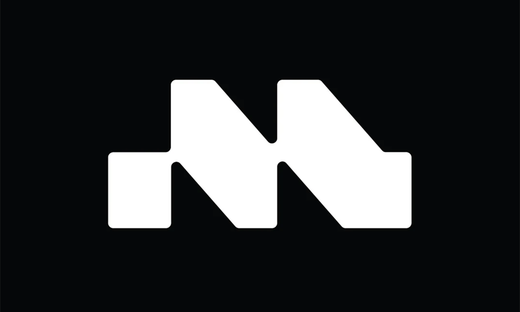
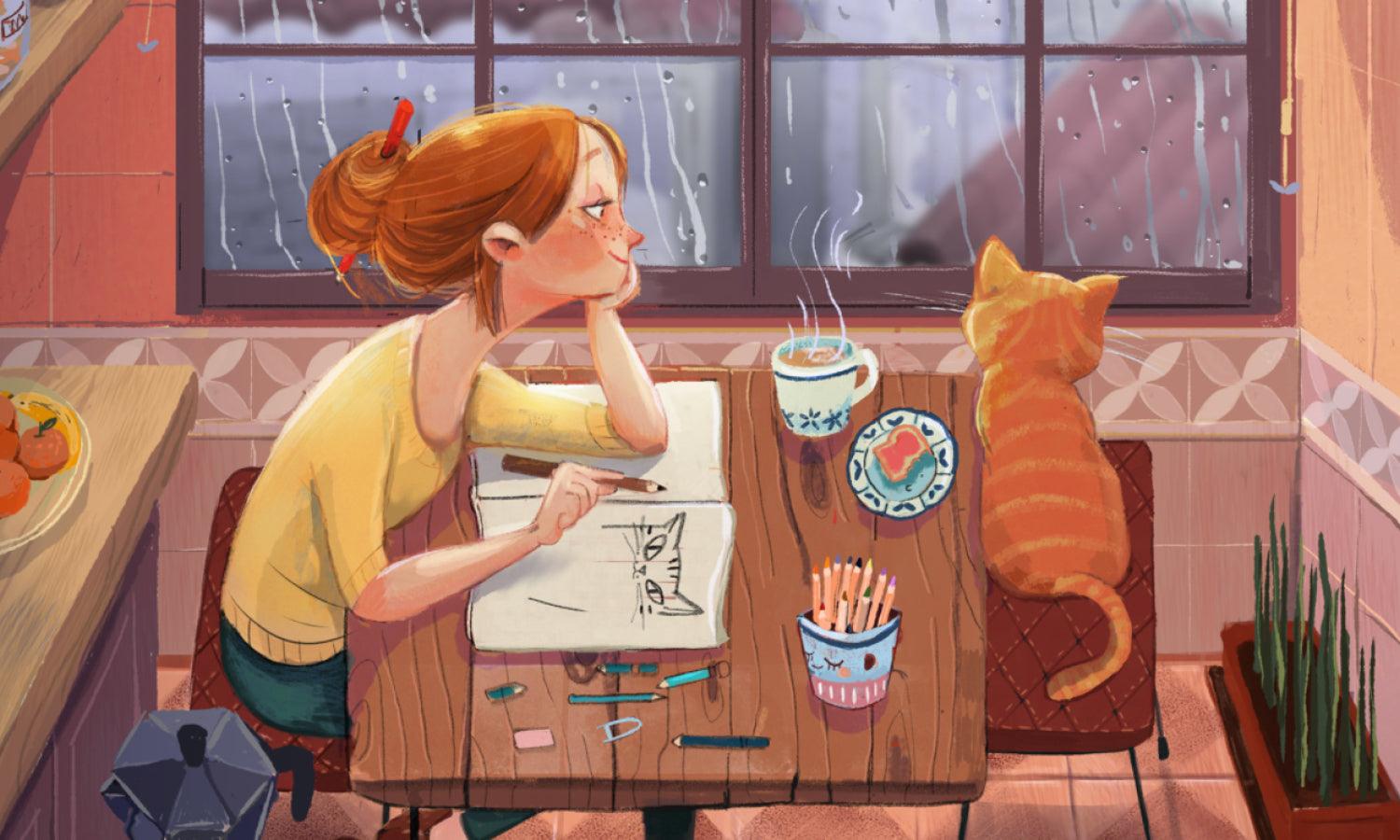
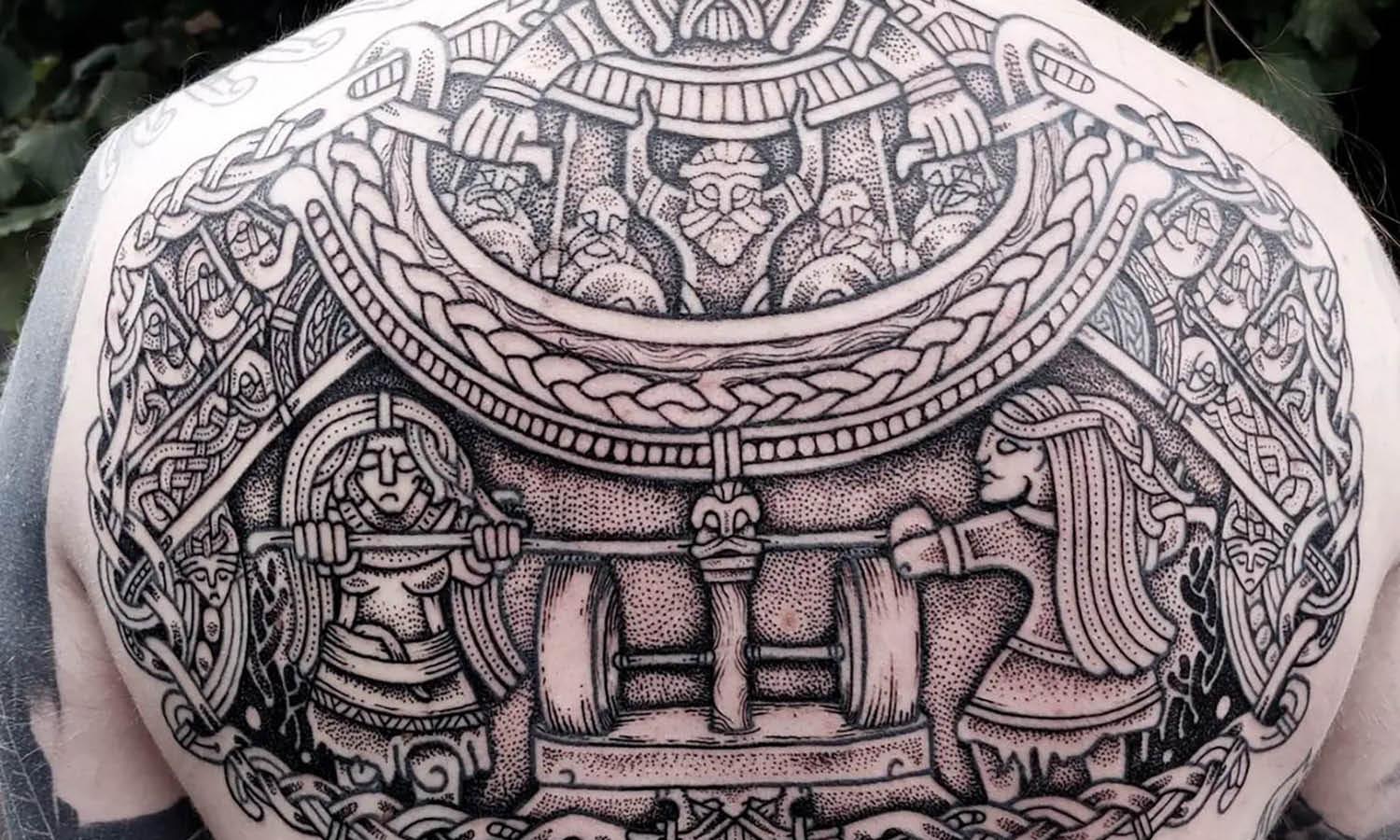
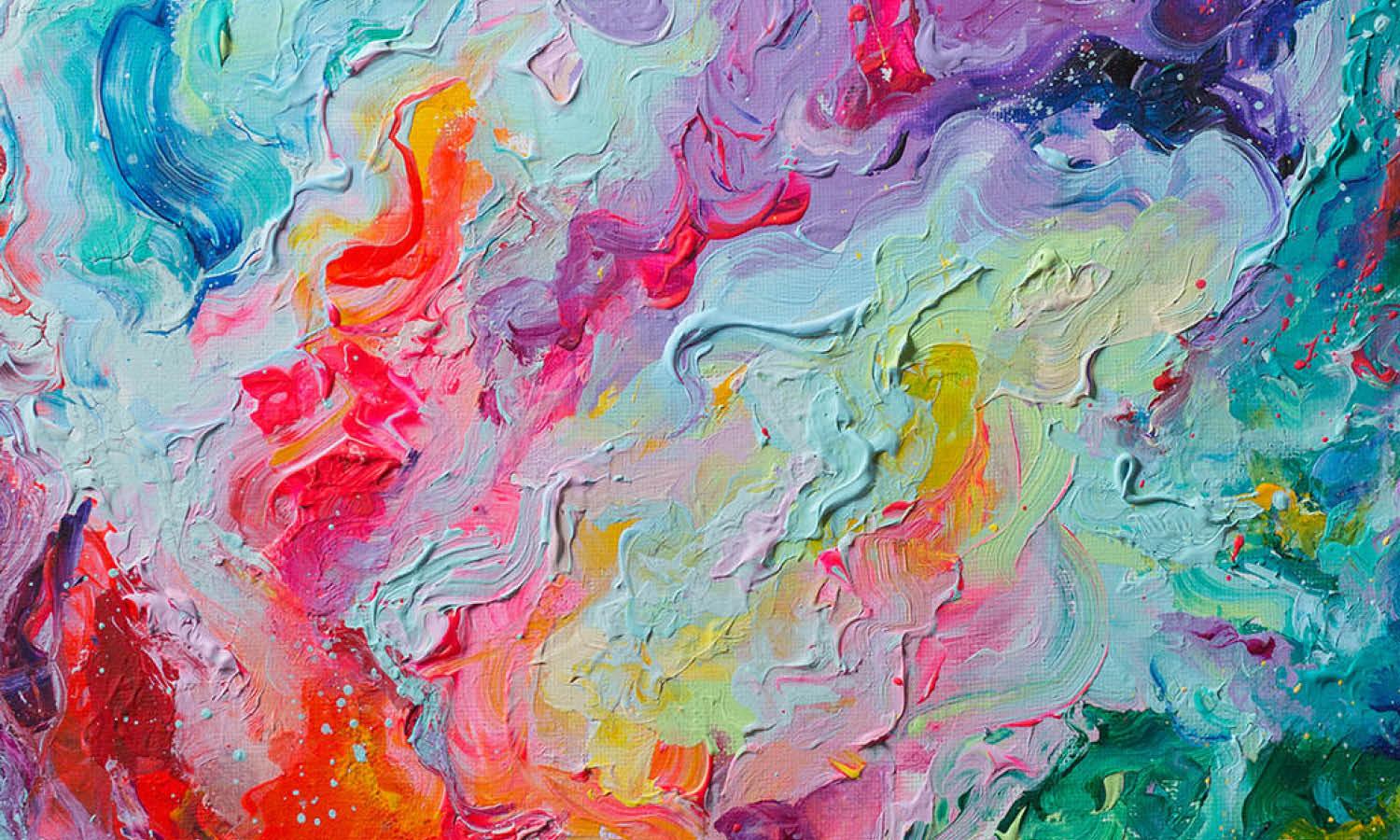
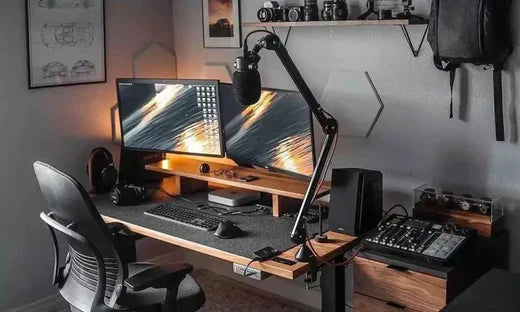


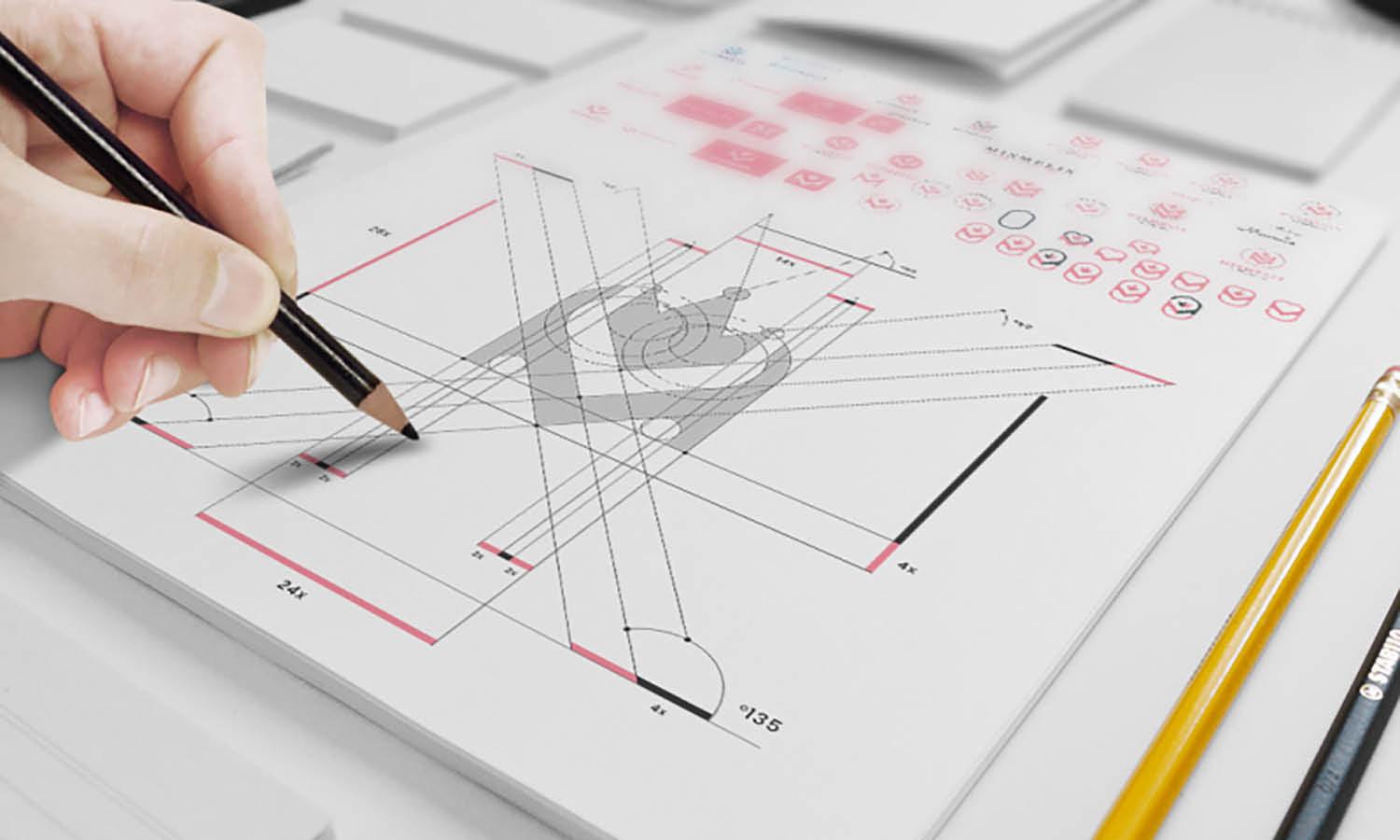
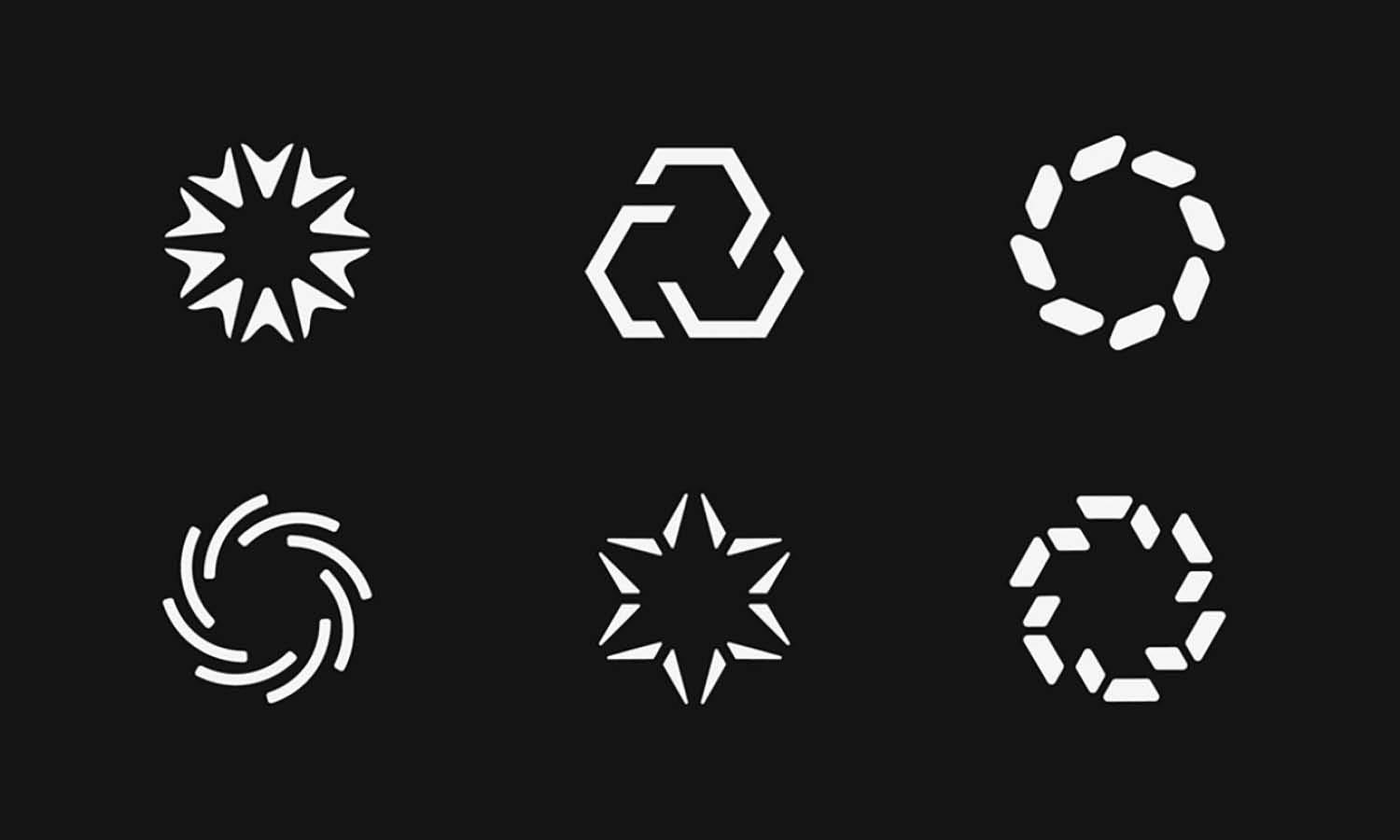






Leave a Comment